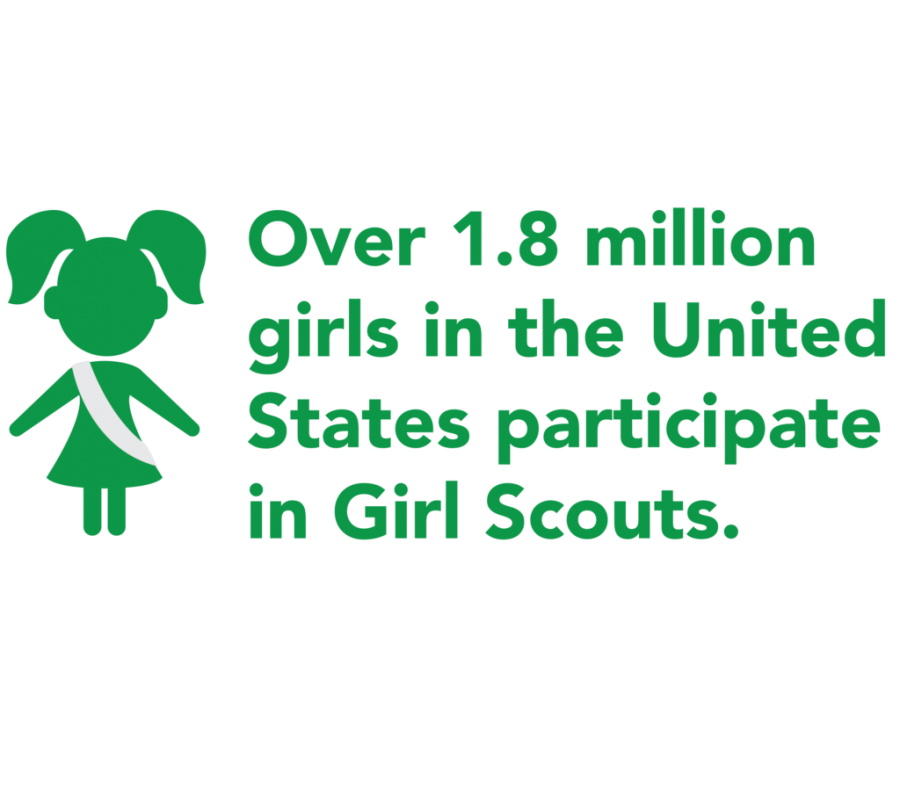I laughed when I read a statement by Boy Scouts spokeswoman Effie Delimarkos in which she confirmed the Boy Scouts of America (BSA) are currently “exploring the benefits of bringing Scouting to every member of the family,” as this idea is far from novel. In 1912, Juliette Gordon Low had the same idea when she founded Girl Scouts of the USA (GSUSA). Low’s purpose, to provide girls and young women with an outdoor and educational program, was considered avant-garde 105 years ago, but now over 1.8 million girls in the United States participate in her organization.
Delimarkos, I wish your organization had reached out to women like myself, Katie Couric, Condoleeza Rice, Hillary Clinton or the Williams sisters, who are all alumna from the Girl Scout program. I believe we would all be happy to inform your organization how scouting is important for “every member of the family,” but also warn you that BSA cannot replace GSUSA as the programming within the Girl Scout organization is focused on “building girls of courage, confidence and character,” instead of building membership numbers.
Due to the crafting and cookie stereotypes surrounding Girl Scouts, many misunderstand what opportunities and programming GSUSA provides. Sydney Ireland, a young woman in New York who has never been affiliated with a Girl Scout troop, states BSA has what she wants to do as it provides service awards and outdoor opportunities. However, Girl Scouts also provides a similar curriculum with leadership awards — the Gold Award is considered equivalent to the Eagle Scout Award — and high adventure activities. When Ireland was told about the similarity of the programs, she asked the most important question, “If they’re identical programs, then why are they separate?” They are independent organizations because the programs serve different populations with different needs. Girl Scouts, serving girls and young women, will fight to remain separate as research shows that young girls are less willing to try new things in a co-ed group compared to an all-female group.
By providing an all-female program with pathways supporting various interests from art to leadership to athletics to STEM (science, technology, engineering and math) to entrepreneurship, GSUSA has created an environment for girls to try new things without being self-conscious. While Ireland has been able to thrive as an unofficial Boy Scout, this program would not be a beneficial model for the majority of girls.
I believe Boy Scouts can offer young men an experience Girl Scouts cannot. I cannot agree more with GSUSA’s National Board President Kathy Hopinkah Hannan when she recommended to BSA to focus on “serving the 90 percent of American boys not currently participating in Boy Scouts.” BSA is currently experiencing a depression in membership, but GSUSA experienced similar trends in 2014. While Girl Scouts are still recovering from low membership numbers, growth is projected within the program as they have updated curriculum and worked to address the needs of their current membership. If Boy Scouts shift focus to explore what drives and interests their current target audience, boys and young men, falling membership numbers should diminish and participants will be provided with an experience that works for them.
letters@chronicle.utah.edu



